We received another great technical question with regards to the use of Hydrochloric Acid to adjust pH before using our Fluoride test strips.
“I need to test fluoride content in storm sewer outfalls. What is an appropriate concentration of hydrochloric acid and typical quantity necessary to lower 8-10 pH level water to 0.5? I find 0.1 N, 1.0 N, etc.” -Aric
Aric asked this question after reading through the notes on our product page with the following suggestions:
The Fluoride test strip detects Fluoride in steps of 0, 10, 25, 50, and 100ppm. This test strip is used for monitoring fluoride levels in drinking water supplied by city or townships. Too much fluoride present is harmful to humans and animals. The solution to be tested must be at a pH of 0.5 for this test to be accurate. This pH measure can be accomplished using concentrated Hydrochloric acid (muriatic acid) to acidify the test solution, and measured with the pH 0-1.5 test strip.
Hydrochloric acid should be available at a local hardware or pool/spa store, as well as at any chemical distributors, such as Fisher Scientific or VWR.
NOTE: The test strip result must be adjusted to compensate for the dilution used during the acidification process.
Thanks for the great question Aric. Now on to the answer!
Hydrochloric Acid Concentration
And as usual, the answer is, it depends. It depends on the buffer capacity of the water and the strength of the hydrochloric acid (muriatic acid) used.
First, hydrochloric acid is commonly available at a local hardware or pool store. Concentrated HCL is about 37% by weight. This is about 12 N. The label on the acid should say if it is concentrated or diluted. Some stores sell the concentrate. Others sell diluted versions. Be sure to check, as this will affect the outcome.
In general, 1N HCL equates to a pH of 0 and 0.1 N to pH 1.
In most cases, if the hydrochloric acid is at least 2N or 6% (more concentrated is better), a given volume of acid will reduce the pH of an equal volume of sample to the right range (for example, 1 oz acid and 1 oz water sample). This should be verified by a pH meter or pH test strips. Why 2N? Diluting 1N 50/50 yields a solution 0.5N, which is pH 0.5. Because the pH must be 0.5 or lower, this does not leave any room to address the buffering capacity of the water sample.
Fluoride Test Strips
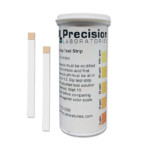 Our Fluoride test strip is based on the reaction between fluoride ions and zirconium-dye lake. The pink-red color of the zirconium-dye lake created in an acidic solution turns yellow as soon as it is treated with excess fluoride. This destroys the pink-red lake. The zirconium combines with the fluoride to form a colorless complex. Varying levels of fluoride in water will provide a color reaction from pink-red to yellow proportional to the amount of fluoride present.
Our Fluoride test strip is based on the reaction between fluoride ions and zirconium-dye lake. The pink-red color of the zirconium-dye lake created in an acidic solution turns yellow as soon as it is treated with excess fluoride. This destroys the pink-red lake. The zirconium combines with the fluoride to form a colorless complex. Varying levels of fluoride in water will provide a color reaction from pink-red to yellow proportional to the amount of fluoride present.
Another consideration is that the fluoride test strip has color blocks at 10, 25, 50, and 100 ppm. The test strip is best used for gross contamination applications.
If you are testing for levels at the drinking water limit, a much better solution, although an expensive one, would be a meter kit, such as this LaMotte test kit. The meter test is based on the same chemistry, however, because of the optics in a meter, it can detect much lower concentrations of fluoride.


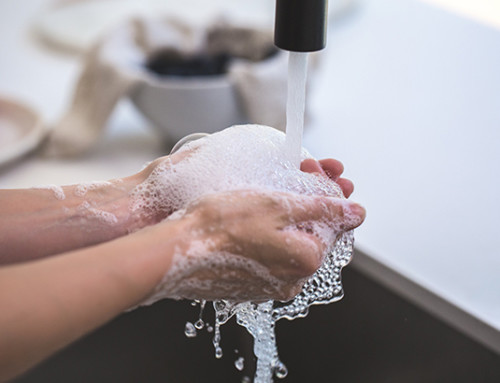
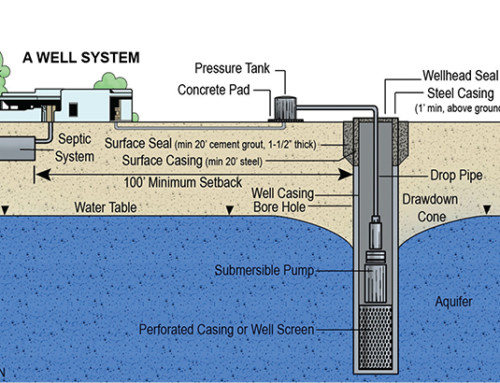
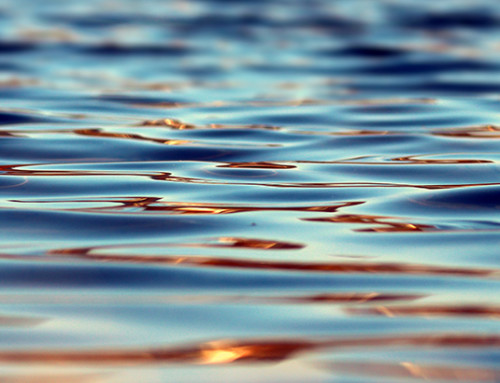
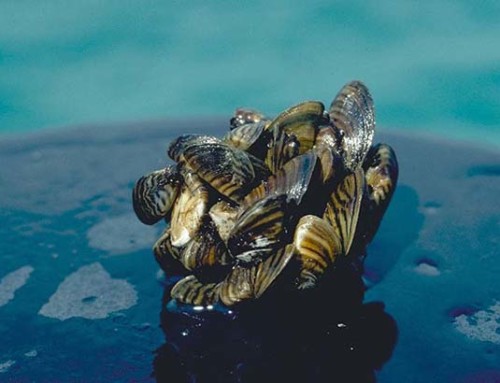
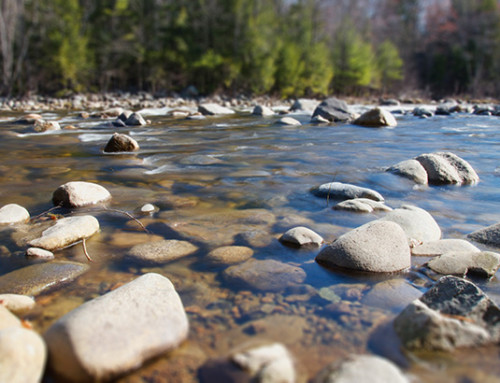
Leave A Comment